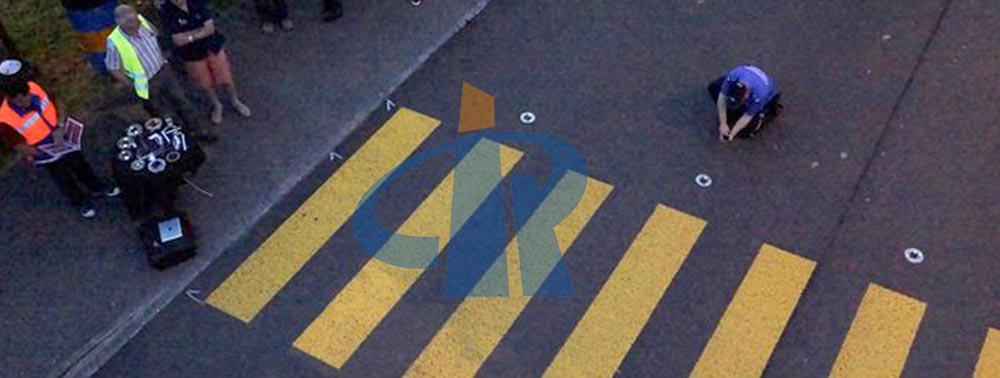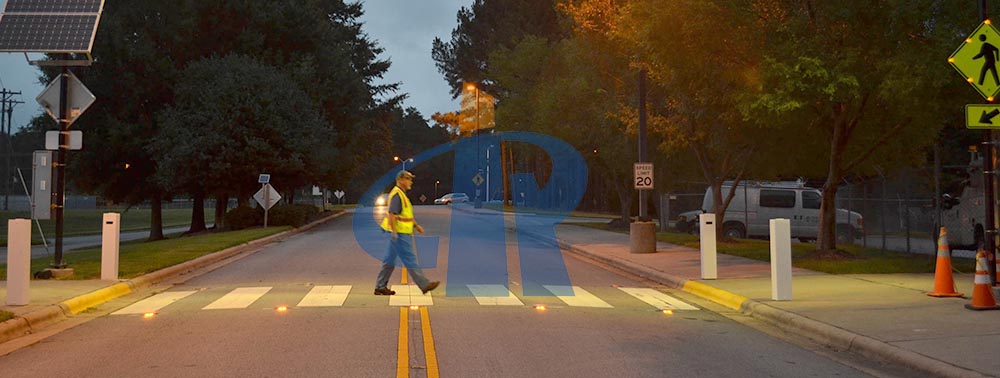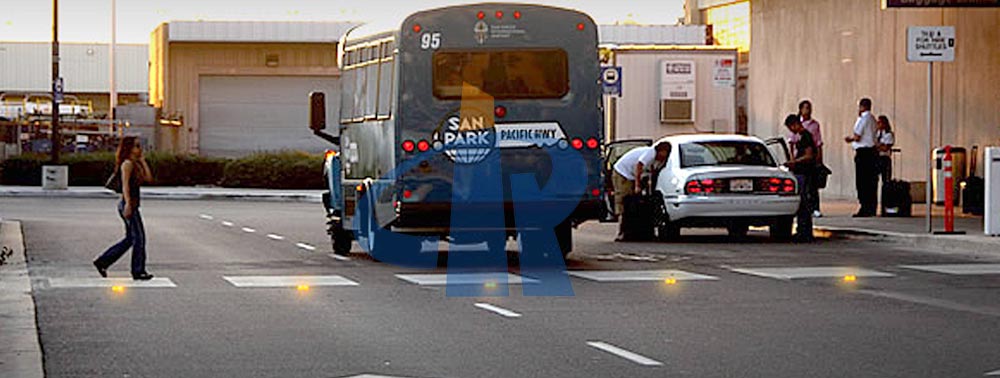As problems such as urbanization and traffic congestion continue to increase and become more complex, how can big data be optimized to more effectively manage and solve problems related to smart cities?
The
Road Studs of the public transport of the future are mainly from the perspective of commuters and meet their expectations: less waiting time, smart ticketing, real-time information, comfortable travel and personal safety.

Cities around the world have different cultures, cuisines, and tourist attractions, but most face challenges similar to urbanization, traffic congestion, and complexity.
The United Nations estimates that more than half of the world's population currently lives in urban areas, and this number is expected to increase by 60 percent by 2030. Therefore, municipalities need to find solutions to these challenges if they are to effectively address these chronic problems.

Unfortunately, due to the rapid growth of the urban population, some public services will be affected as municipalities try to provide the same quality of service experience, but the rate of service delivery cannot keep up with the population growth.
For citizens, they will notice that one of the areas most affected is public transport, because it is difficult to ignore the impact of traffic congestion and traffic pollution. In this space, many consider the Smart City
Road Studs model to be the best-practice approach to addressing these issues.

For example, Saudi Arabia recently announced a $500 billion NEOM initiative to create a new smart
Road Studs urban economic development zone that will affect areas within 26,500 kilometers. Saudi Arabia will use smart, sustainable and connected technologies in areas such as security, logistics and care to improve the lives of local residents, tourists and businesses, and help the region thrive on its traditional oil-exporting economy.
While the technological potential of smart
Road Studs cities is limitless, the concept itself is relatively new. Therefore, many challenges need to be addressed if the desired results are to be achieved. For example, digital assets may initially need to be integrated to enable visibility into the network's real-time operations.


